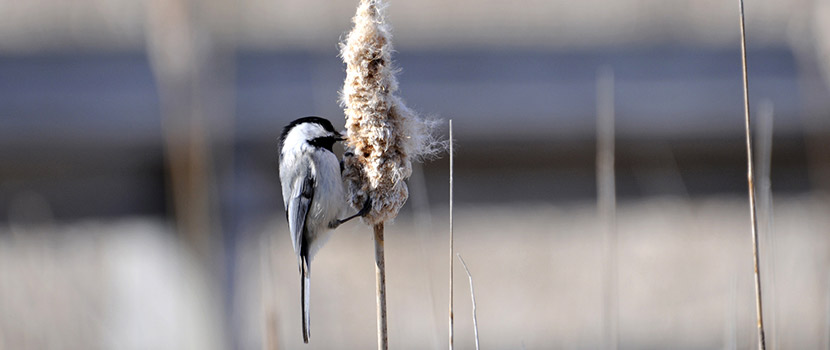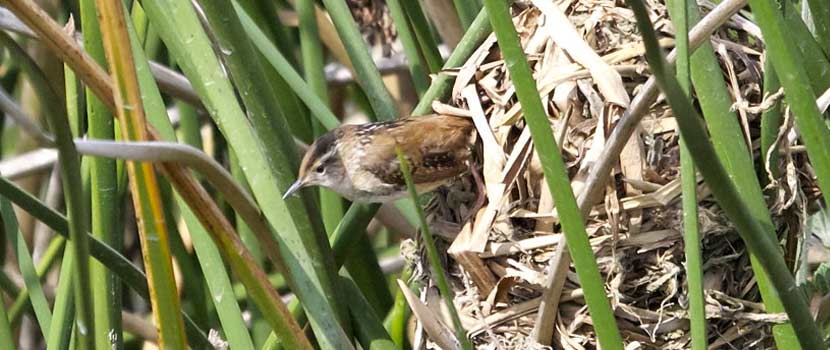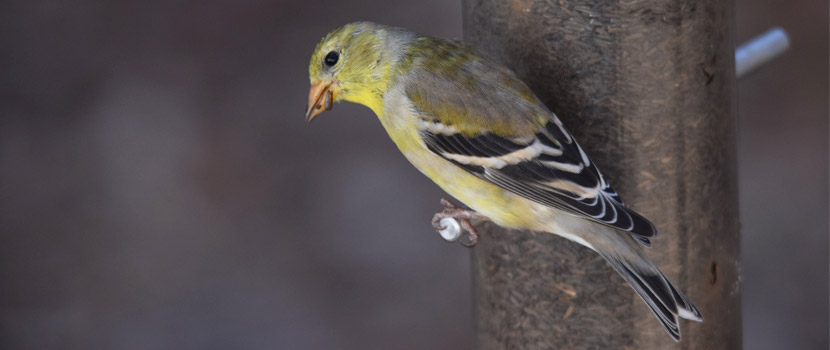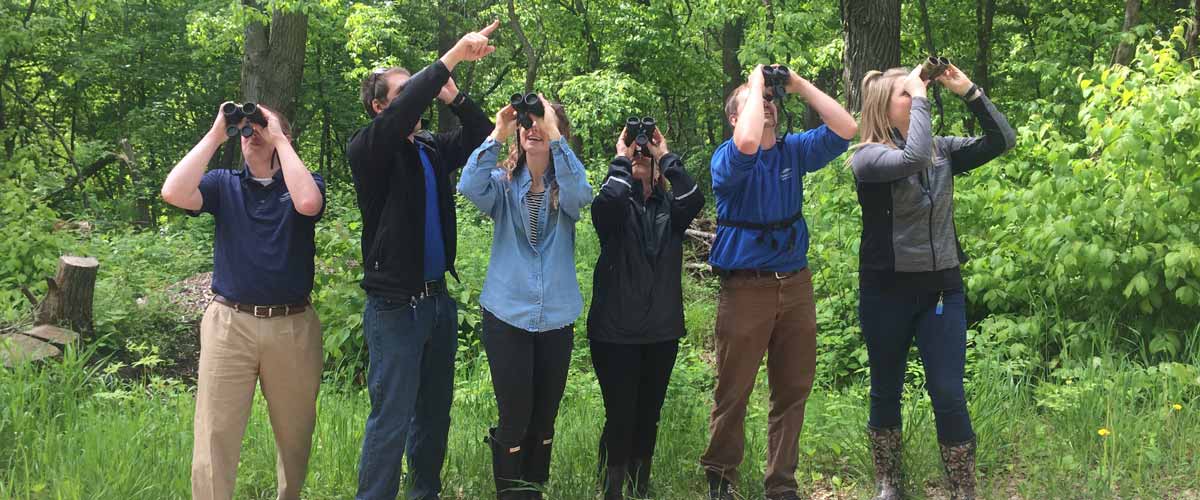
Where to Go Birding in Three Rivers (Part 1)
By: Steven Hogg
February 15, 2022
Category: Big Year of Birds
You are all set to head out the door, binoculars in hand, bird guide in your pack, some water and a good sense of adventure. You’re ready to enjoy the outdoors and look for birds. The big question: Where to go birding?
For more than 50 years, the Natural Resource Management Department has been working on habitat restorations within Three Rivers parks, making sufficient places for birds that require specialized places to live.
As part of the Natural Resources Management team helping with this habitat, I’m here to share some expert tips to help you find birds within our parks. From locations, to best times to visit, to what to look for, this information will give you the best chance at viewing some neat species.
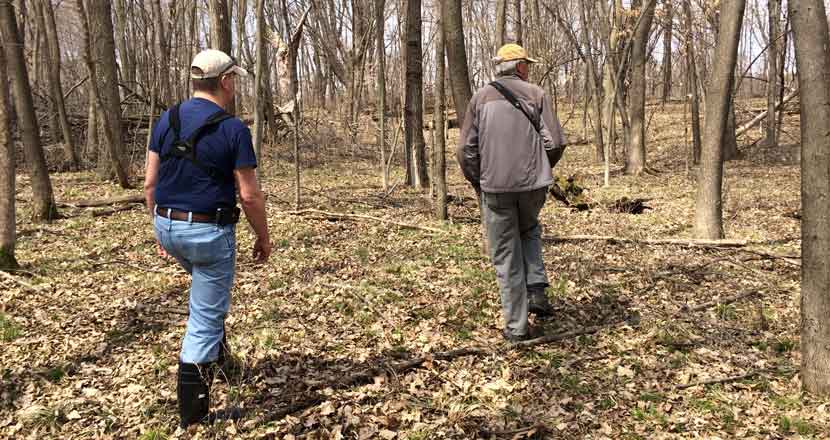
With so many parks to choose from, I’m breaking this into two blog posts. This first post focuses on parks that are north of Highway 55. The second, coming next week will focus on parks south of Highway 55.
Before you head out to do a little bird watching, please review how to appreciate bird ethically. A few highlights to keep in mind, if you notice you are interfering with regular bird behavior or disturbing the birds, move on and let them be. Stay on trails when observing birds and do your part to keep our parks protected for future generations of bird watchers.
Crow-Hassan Park Reserve
Birds to look for: eastern meadowlarks, dickcissels, sandhill cranes, cuckoos
Crow-Hassan is by far one of my favorite places in the metro area to bird. This 2,700-acre park has 800 acres of restored prairie is over 50 years old, offering some unique habitat in the metro area where you can find some unique species of birds. Some areas are so diverse with wildflowers and birds like Henslow’s sparrows, dickcissels, grasshopper sparrows and eastern meadowlarks flitting about, you can forget you are in Hennepin County!
A couple recent bird finds to take note of are upland sandpiper, short-eared owls and ravens. All were spotted in this park during the fall in the last few years. Good spots to bird in the prairie would include Prairie Lake itself and the prairie around it.
If you’re seeking wetland birds, one of the easiest places to access would be at North Twin Lake. It is located just south of the Riverbend Group Camp on the north end of the park. This 80-acre wetland complex recently underwent restoration work that make it appealing to sandhill cranes, shorebirds and waterfowl, especially in the fall. Part of the restoration work included removal of taller, non-native vegetation, so viewing birds has become easier at this location, too. Look here for Hudsonian and marbled godwits, as well as white-faced ibis.
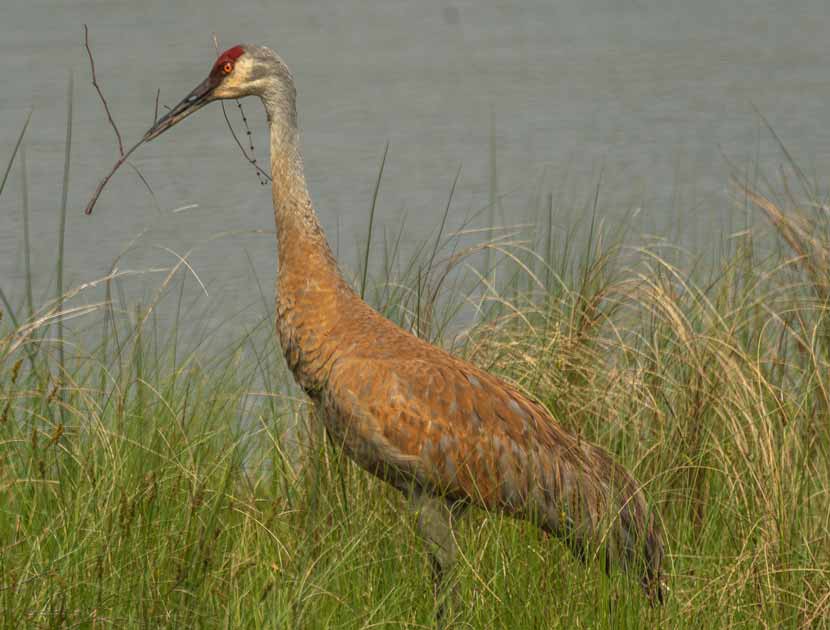
Many woodland birds can be found at this park, as well. I have personally found both the black cuckoo and the yellow-billed cuckoo, and a golden-winged warbler at this park. Find them in the woodlot south of Prairie Lake and any of the woods on the north end of the park.
This park truly is an amazing place to bird and is a park I keep waiting to hear about the next spectacular find. Maybe it will be yours?
French Regional Park
Birds to look for: wood ducks, scoters, barred owls
French Park, in Plymouth, is a popular space, with busy active-use areas, especially on the weekends, but you can still find all of the regular birds — like American robins, black-capped chickadees, American goldfinch, hairy and downy woodpeckers, white-breasted nuthatch — here.
During the spring, this park is a temporary home to some special birds. The trail system on the west side of the park provides great locations for migrating warblers. These birds are attracted to the larger trees and wetland plants along the causeway and lake edge. There are some great woodland wildflowers along the trails in this area, too. This side of the park can provide some great raptor finds, with its nesting barred owls, great-horned owls and bald eagles.
French, which is located along the north shore of Medicine Lake, also provides some great waterfowl viewing in the open water of the lake or around its edges. You can find mallards, wood ducks and hooded mergansers nesting all year within this park. However, the fall is when the lake really shines. Here, I regularly see long-tailed ducks and black- or white-winged scoters. Not to mention it is easy to find other migrating diving ducks that do not nest here, like canvasback and redhead ducks. Mallards can also be spotted as they migrate through this area. Trumpeter swans like to congregate along the lake edges as well. You can find other dabblers like gadwalls and pintails mixed in with them.
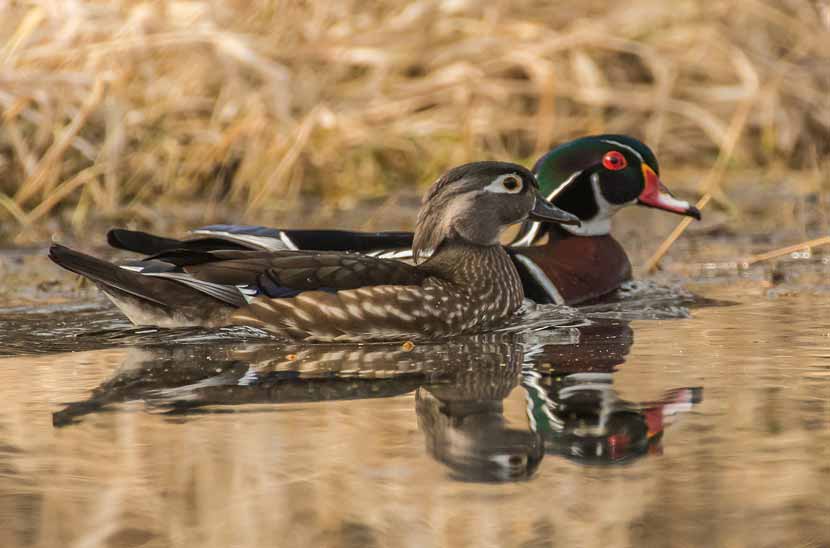
Elm Creek Park Reserve
Birds to look for: warblers, flycatchers, trumpeter swans
Elm Creek Park Reserve was heavily surveyed for the Breeding Bird Atlas, which documents where birds are breeding. During the three years of the atlas survey, 116 species were documented at this park! As one of our largest parks, Elm Creek also provides generous space for birders to spread out.
One of the best places to find birds in this park is right around Eastman Nature Center. The center is settled in an old-growth maple forest, which means you have access to common forest birds right from the parking lot! The Heron Trail at the south of the building will take you to Rush Creek, along which spring warblers are found. In the grassy, early successional habitats near the creek, you could find veery and flycatchers (even Acadian flycatchers, rare in Minnesota, have been found at this park). The wetland west of the nature center parking lot has had nesting trumpeter swans and the boardwalk would provide an easy place to view cygnets if they are around.
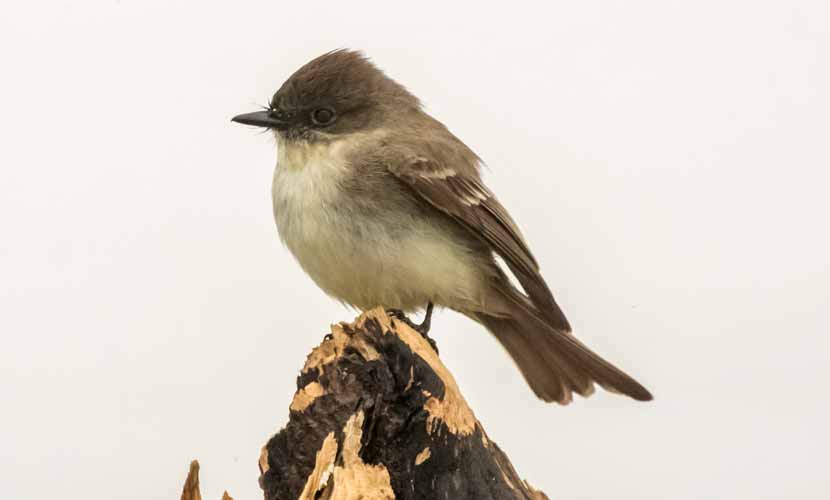
The prairies north and east of the nature center provide good birding for common prairie species. The prairie trail system also provides views of Lehman’s Lake, providing some duck viewing in late season (fall to early winter, before the lake freezes).
Mississippi Gateway Regional Park
Birds to look for: prothonotary warblers, peregrine falcon, broad-winged hawks, common goldeneye
On the very southern tip of this park, you can bird along a trail that traverses through a floodplain forest. In this part of the park, you can find prothonotary warblers in this area of the park or stand near the spot where the creek goes into the Mississippi River to spot the eagle nest on the island. You can also ask naturalists here about where they've seen a peregrine falcon nesting under the 610 bridge. Other raptors that you may see in the area include broad-winged hawks and barred owls.
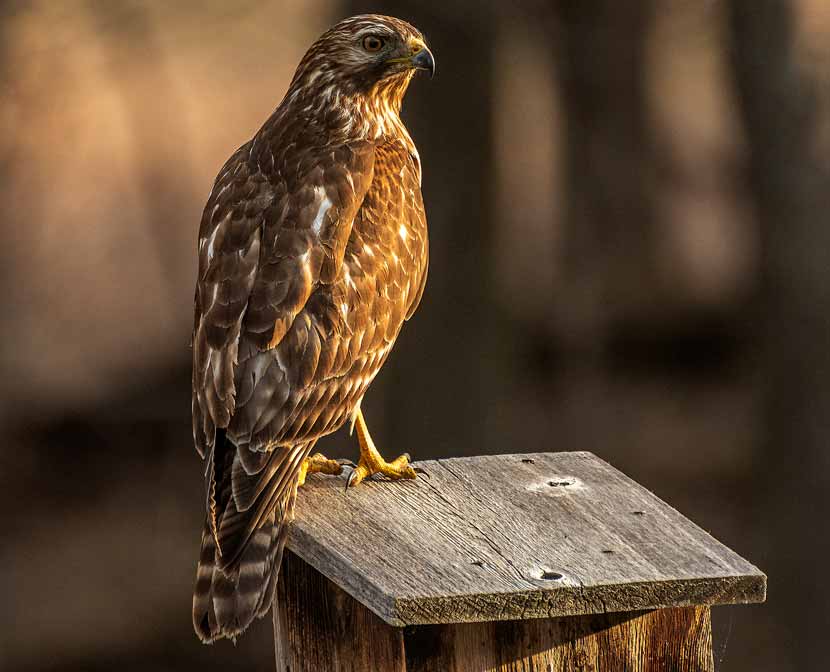
Naturally, since this park is situated along the Mississippi River Valley, it is one of the best places to find a variety of birds in the spring and fall during the migration. You can catch a lot of warblers and waterfowl that following the river valley through the park. In the winter, you can find overwintering common goldeneye and bufflehead ducks.
Closing Notes
I hope this article has gotten you excited to find some birds this year. Consider these locations for one of our “Big” events: the Big Sit (June 11) or the Big Day (September 10). And remember that you can log all of your finds into eBird so they can be included in what was found during our Big Year of Birds! It’s important data that is also used for projects by researchers. Learn more about how to get started using eBird. Throughout the year, you can watch our map to see what else people are seeing out there!
For a full list of birds seen in Three Rivers Parks, download our Checklist & Observation Guide to Birds. An illustrated guide to Three Rivers Parks Birds is available for purchase at select nature centers and visitor centers.
About the Author
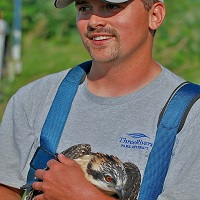
Steven Hogg is the Wildlife Supervisor at Three Rivers Park District and has been working for the Park District for 13 years. After graduating from the University of Alberta with a degree in Environmental and Conservation Biology, he moved to Minnesota to marry his beautiful Minnesota bride. Steven has always had a passion and dedication for wildlife, even when he was young. This passion is what lead him into a career where he strives for the proper orchestration of research, management, and politics to ensure natural resources and wildlife are given a voice. In his spare time, which there is little of with his three kids, Steven likes to farm, hunt, and fish.
Related Blog Posts
2022: Three Rivers Parks’ Big Year of Birds
By: John Moriarty
We’re all about birds in 2022! Learn why Three Rivers is celebrating these important creatures throughout the year and how you can join in.
Nesting Birds of Three Rivers
By: Steven Hogg
Three Rivers is home to more than 100 different nesting birds. From tree nesters to wetland dwellers, learn where and how some of these birds build their nests.
The Joy of Backyard Birding
By: Erin Korsmo
Keeping bird feeders is a rewarding experience. Read on to learn why you should consider keeping feeders and how to get started at home.
